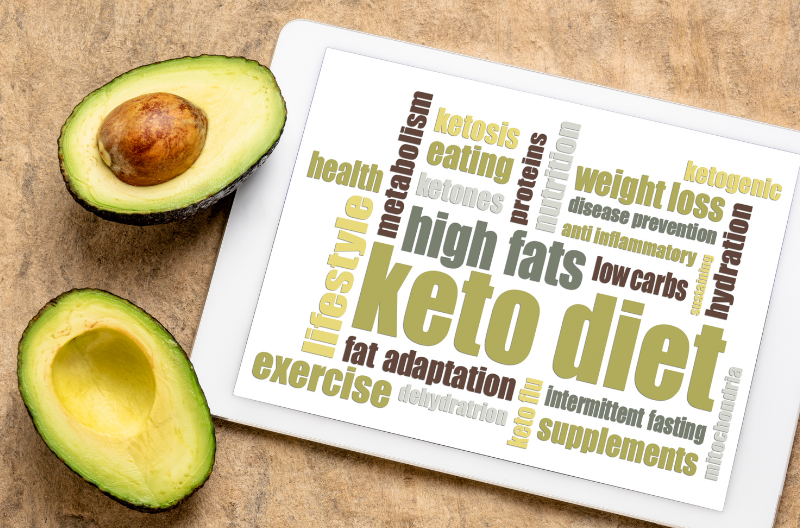The keto diet has recently become a popular dieting option. Whether you heard about it from a celebrity or saw a friend share their discoveries on social media, the discussion about all of the ways the keto diet may work appears to be never-ending. The keto diet, like everything else, has its downsides. So, why am I thirsty while on keto?
Whether you’ve begun your keto adventure and suspect it’s useless, or if you’re thinking about starting, here are a few things to look out for.
How do you know if you are doing keto wrong

Keto is a low-carb diet that many people use to lose weight and feel better. On a ketogenic diet, you can only eat 20–50 grams of carbs per day. It has been shown to help with weight loss, heart health, and blood sugar control. To reap the benefits of the keto diet, it must be followed precisely.
Here are some factors that might be sabotaging your weight loss goals for the keto diet:
- You consume an excessive amount of carbohydrates.
- Consuming unhealthy foods.
- Excessive calorie consumption.
- You have a medical condition that has gone unnoticed.
- You’ve set yourself impossible weight loss targets.
- If you’re like most people, you’re always filling up on high-calorie snacks.
- You are exhausted because you haven’t slept enough.
- Because you aren’t working out enough.
Will not drinking enough water kick you out of ketosis

While Keto increases hydration needs, simply drinking extra water isn’t always the answer. Your keto flu symptoms may intensify if you drink too much sodium-free water. Why? Excessive water dilutes blood salt levels, resulting in the dreaded keto flu symptoms. As part of a lifestyle program, drinking water can help flush out excess glucose by keeping you full and preventing you from reaching for unhealthy foods and carbonated drinks.
How do I quench my thirst on a keto diet

Why am I so thirsty on keto? Carb restriction is the main reason for keto thirst. The goal of the keto diet is to limit carbohydrates to the point where your body switches from burning glucose to burning ketones as fuel.
During this transition, two mechanisms occur that cause the body to lose significant amounts of water:
- Stored glycogen is being burned for fuel
- Insulin levels drop
How to do keto properly

This high-fat, low-carb diet is popular for its benefits on brain health, inflammation, weight loss, and blood sugar. On the ketogenic diet, limit carbs to 50 grams per day.
While this diet has helped numerous individuals improve their health, it’s crucial to understand the fundamentals of the diet before embarking on it. To practice keto the right way so that your body gets the most significant health advantages, we begin by debating “dirty keto” and “clean keto.”
💡 Around 500 BC, epilepsy was treated with fasting and other dietary regimens. The ketogenic diet (KD) was created by modern doctors in the 1920s as a treatment for epilepsy in order to replicate the metabolism of fasting.
Dirty keto
Let’s first start with what NOT to do. A “dirty keto” diet has high fats, moderate protein, and low carbohydrates. This type is often referred to as “lazy keto,” and you’re probably in this group if you don’t spend time preparing healthy keto meals. However, you should note that dirty keto may:
- Contain a lot of processed foods
- Have high amounts of additives and sodium
- Have fewer micronutrients
Clean keto

If you follow the keto diet correctly, you’ll spend time and effort preparing high-quality, home-cooked meals. It’s good for your body! In addition, focusing on the following foods would be beneficial:
- Consume a lot of low-carb fresh vegetables.
- High-quality meats, such as grass-fed and pastured, should be consumed frequently.
- Low-carb fruits including blackberries, blueberries, and strawberries can be eaten in moderation.
- Eat natural and healthful fats.
💡 Clean keto emphasizes complete, nutrient-dense meals and food quality more than the typical keto diet, which includes no more than 50 grams of carbs per day, moderate protein intake of 15–20% of daily calories, and high fat intake of at least 75% of daily calories.
Are you familiar with Pita Bread? Is it healthy? Read more on: Is Pita Bread Healthy? 6 Reasons to Add Pita to Your Diet


